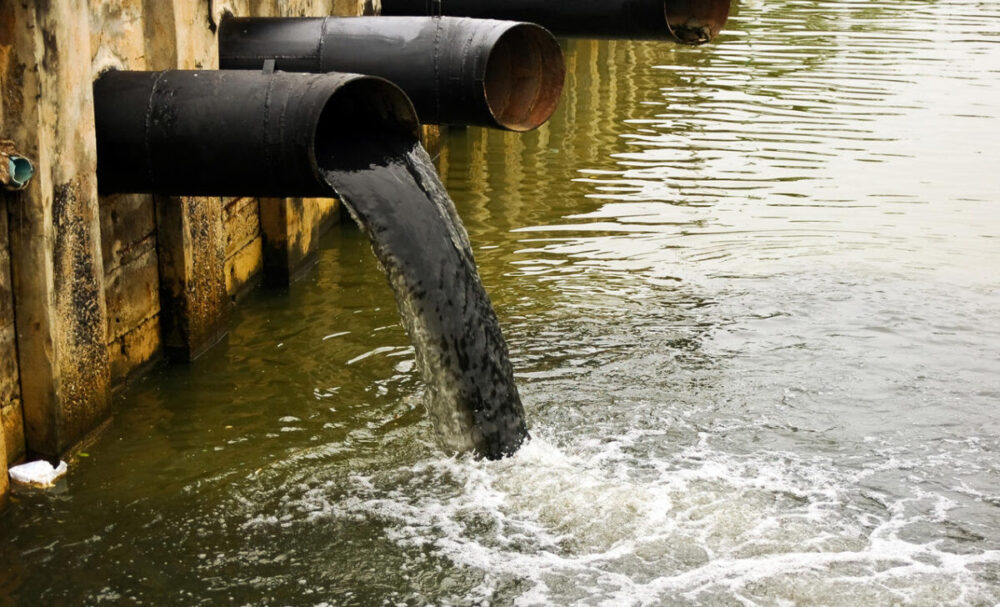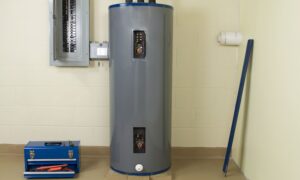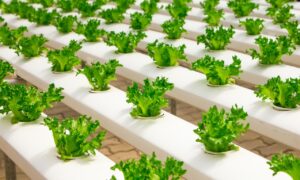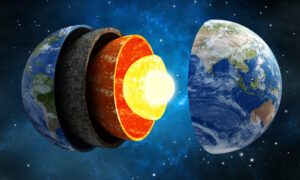Whether used for drinking, used around the house, put into food production, or enjoyed in recreational activities, having access to clean water is critical for public health and welfare. It’s one factor that has been shown to stimulate economic expansion and significantly reduce poverty in many jurisdictions.
On the other hand, water contamination destroys the health of the people and the economy. It affects the delivery and supply of raw materials and essential goods for people and industries to thrive. Manufacturing and production, especially in the food industry, are in the same way affected. In fact, almost all sectors of society are getting disturbed by water pollution and contamination.
The celebrated issue of toxic water exposure at Camp Lejeune Base has alerted jurisdictions, not only in the United States, of the dangers of water contamination. It led to the birth of the Promise to Address Comprehensive Toxics Act (PACT Act). It’s the Federal government’s response to the claims made by those who suffered the ill effects of contaminated water exposure at Camp Lejeune Base.
Many governments worldwide recognize and have devised ways to control the damaging results of water contamination. Efforts for effective water resource management have been highlighted in many international conventions. As water is the most basic of all resources, it’s critical that its preservation be reinforced. Its contamination and contaminants are priorities to be addressed, not just by the government alone but also by the sovereign people.
Solutions are needed. It’s why many individuals have learned to trust water purifiers and water filtration systems to avoid the risk of exposure to water contamination. They may not be the perfect solution, but as long as these solutions help prevent illnesses due to contaminated water, they step up the environmental recovery processes.
Some causes of water contamination and the things you can do about them.
1. Human Wastes

Source:123rf.com
Human wastes contain many illness-causing bacteria like e.coli and germs like Cryptosporidium. E. coli are known causes of mild to severe bloody diarrhea, pain or cramping in the stomach, nausea and vomiting, and other symptoms.
On the other hand, Cryptosporidium is a known parasite that causes gastrointestinal and respiratory diseases. Symptoms due to these parasites are often not curable but manifest every time the immune system is weakened.
Human waste contaminants enter water sources in many ways. Untreated sewage or wastewater from residences often contaminates groundwater. Most of the time, uncontrolled stormwater in communities causes clogs and overflows, bringing these contaminants to clean water sources, especially groundwater.
What can you do?
Check wastewater pipes and septic tanks for leaks and overflows. Early detection and repair will help minimize uncontrollable water source pollutants and contaminants.
Also, always observe proper hygiene and conscientious waste disposal, whether indoors or outdoors. Dig your catholes deeply when nature calls while you’re communing with nature, and “relieving centers” are nowhere near.
2. Animal Wastes

Source:nationalgeographic.com
Animal waste exposed to the outdoors can leach and run off, ultimately reaching aquifers. Rain and melting snow can carry barnyard waste to rural streams, polluting and contaminating them. The contribution of pastured livestock to water pollution depends on factors like stocking density, length of grazing periods, and the average manure that gets accumulated in backyards and stall barns.
Other contributors to the animal waste problem are the excretions your pets make daily. Accordingly, your pets’ poops are quite harmful contaminants that sometimes reach safe water systems, causing a myriad of contagious diseases like leptospirosis and hantavirus or HPS.
What to do?
Help embrace suitable livestock farming methods in small open feedlots and pastures to reduce the body of water contamination. By preventing animals and the waste they produce from entering streams, it is possible to prevent nitrogen and phosphorus from entering the water and safeguard creeks and streams.
Adopting responsible disposal and increased waste absorption methods in barns and livestock stalls help reduce the chances of farm animal wastes going to creeks and rivers. Today, many sediment and erosion control measures reduce animal waste pollution going down the surface water.
In the same way, you need to have a proper disposal system for your pet’s waste. Properly dispose of the solid parts in designated waste bins in your community waste disposal system. It’s time to dig a cathole in your backyard if you can’t find proper animal waste bins in your area.
Also, ensure that dirty water from cleaning their pens and cages enters your sewerage system. Always avoid animal excretions getting carried away by rainwater into ponds and lakes, particularly in your pool.
3. Harmful Products At Home
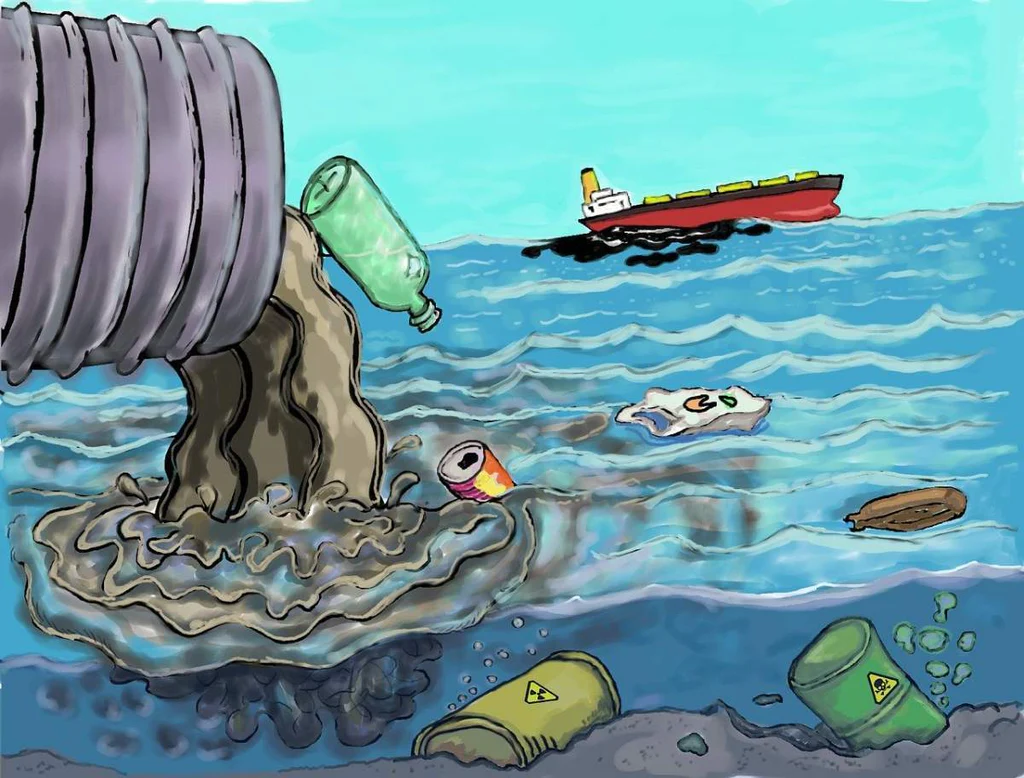
Source:theberkey.com
The drinking and potable water provided to residences may be safe for people to use and consume. But once used, it can be polluted by cleaning product phosphates, microbeads, or household oils. Even with advanced wastewater treatment, some pollutants and toxins may persist and re-enter the water source.
Engine oil, fuel, and other car washing products are also causes of water pollution that contaminates great water resources if improperly contained.
Fertilizers and other gardening substances you use also contaminate surface water if allowed to flow freely through waterways from your garden or orchard into the nearest river.
What can you do?
Dispose of harmful chemicals and substances properly, and avoid flushing them in your toilets. Maintain proper disposal of used cooking oil, like cooling it first to solidify before throwing them in your garbage bin instead of pouring them down your drains. Aside from clogging, you’re letting another water contaminant into the environment.
Maintain used car oil containers at home to be disposed of by your local waste management authorities or recycled by repair shops. These oils can be reprocessed into lubricants, fuel oils, and raw materials for the refining and petrochemical industries.
As for your gardening products, apply fertilizers at the right time using the proper proportions. Don’t allow it to litter pavements to avoid runoffs. Brush it back onto the grass where it belongs so it won’t get washed up by the rain.
Most importantly, it’s not a good idea to fertilize the grass when it rains. The chemicals will be carried away by the runoff and end up either in groundwater or surface water.
The Bottom Line

Source:theguardian.com
You may have recourse in law because you got sick due to water contamination. Compensation may be in your favor if facts leading to personal injury may be proven in court. But these contaminants didn’t just infect the water on their own.
The factors in this content may help you identify some course of action to help reduce the dangers of water contamination. You may find it worthwhile to help out, volunteer, and organize your activities. You’re one of the keys to clean water and environmental protection.

